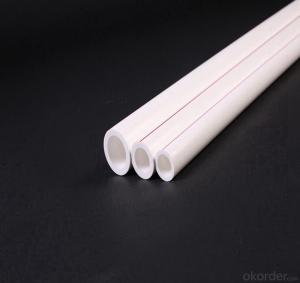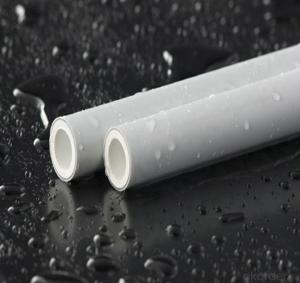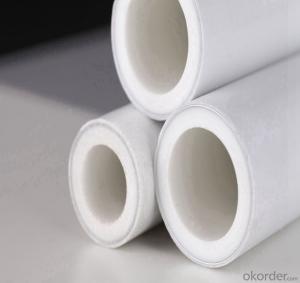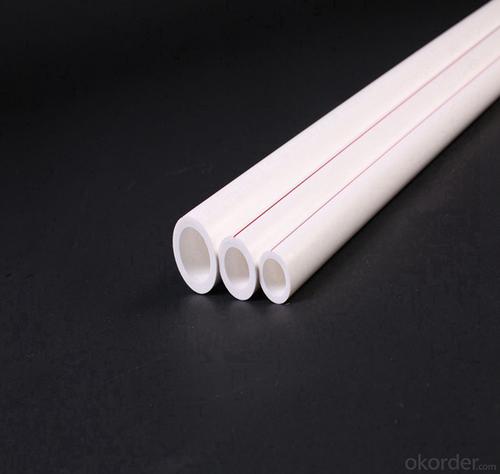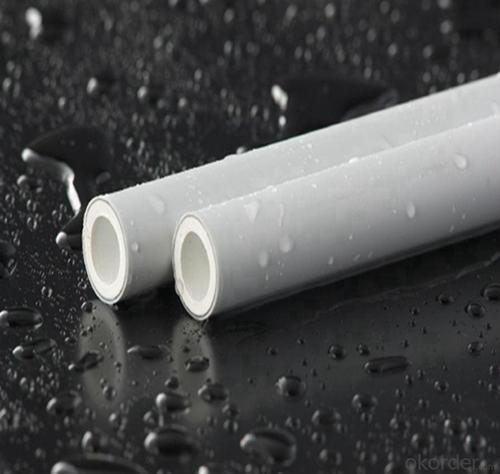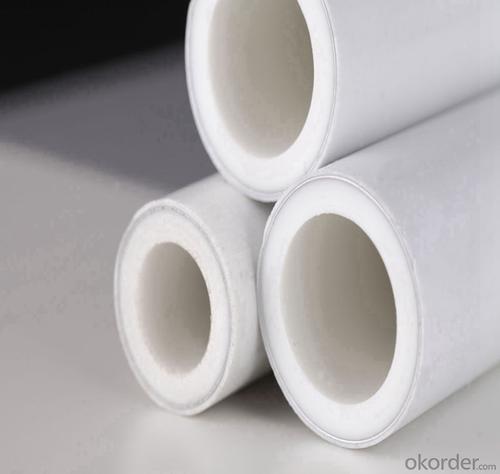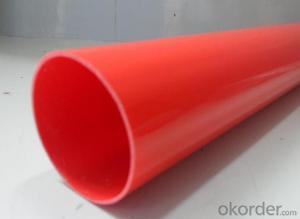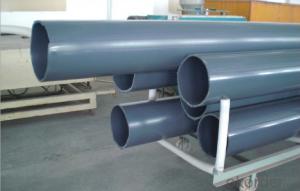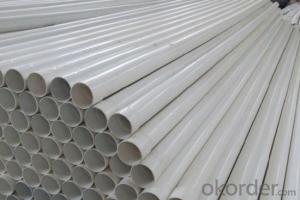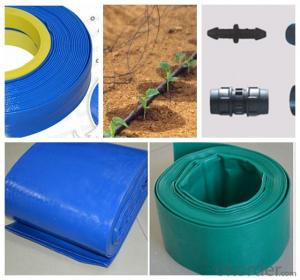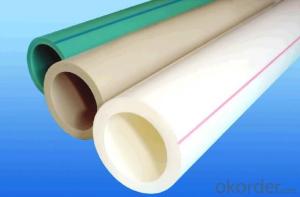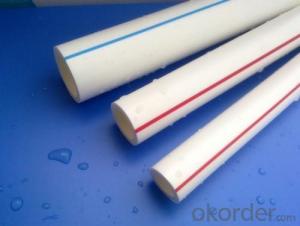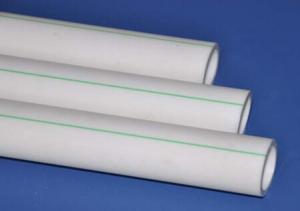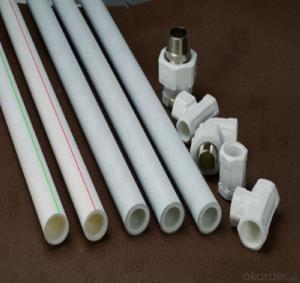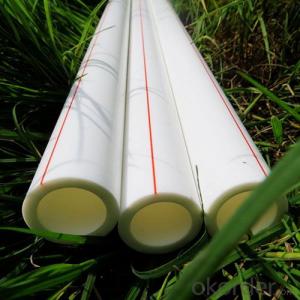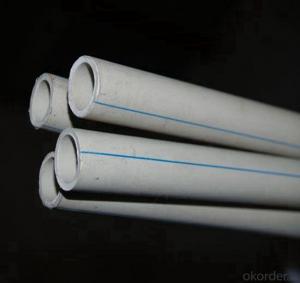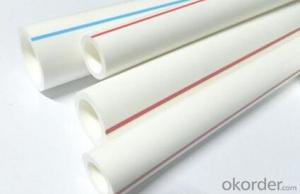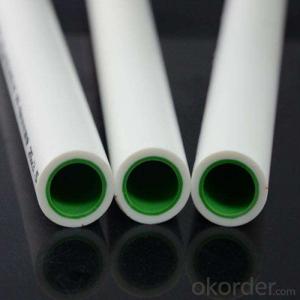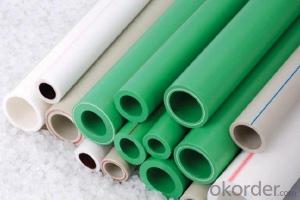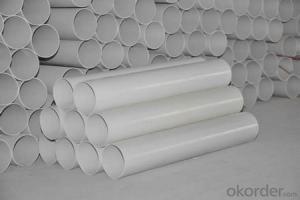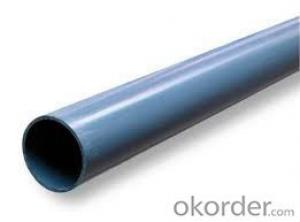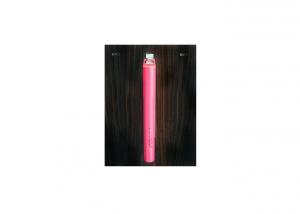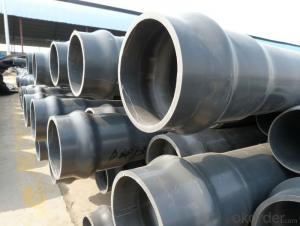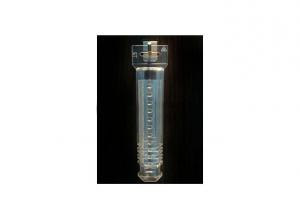Plastic Tubes New PPR Reducers Pipe for Landscape Irrigation System
- Loading Port:
- Tianjin
- Payment Terms:
- TT OR LC
- Min Order Qty:
- 1000 pc
- Supply Capability:
- 1000000 pc/month
OKorder Service Pledge
OKorder Financial Service
You Might Also Like
Quick Details
Material: Plastic
Technics: injection
Place of Origin: China (Mainland)
Connection: Welding
Head Code: round
Color: white
Packaging Details: PE bag and carton
Delivery Detail: 30 Days
Applications of PPR Pipe (white, gray):
1) Cold and hot water supply systems for civil and industrial constructions, e.g. in residential buildings, hospitals, hotels, school and office buildings, ship building
2) Drinking water systems and food industry pipe works
3) Central air conditioning system
4) Irrigating system for gardens and green houses
5) Public and sport facilities such as swimming pools and stadiums
6) For rainwater utilization systems.
Packaging Details:
1. Large carton: 515 x 400x 220 Cubage: 0.04532 M3
Small carton: 390x255x250 Cubage: 0.0248 M3
2. PE poly bag+ carton Delivery Detail: 15 days/ 20" container; 25 days/ 40HQ
Product Description
1.Material : | PPR |
2.Color: | White, Gray, Green, or as you required. |
3.Size: | 20-110mm |
4.Logo: | CMAX or Customized |
5.MOQ | 500pcs |
6.Samples Time: | (1) 4-5days-If you want to customize your logo. |
(2) 1day-For our existing samples for reference. | |
7.OEM Accepted | Yes |
8.Certification available: | Yes |
9.Packing Details: | Weaving Bag |
10.Production Capacity: | 5,000,000pcs Per month. |
11.Payment Term: | (1) L/C,T/T,D/P |
Product Show
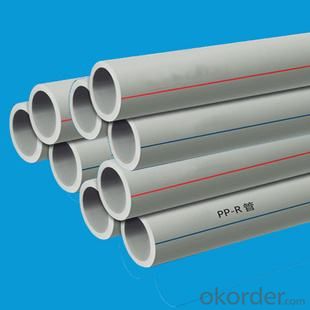
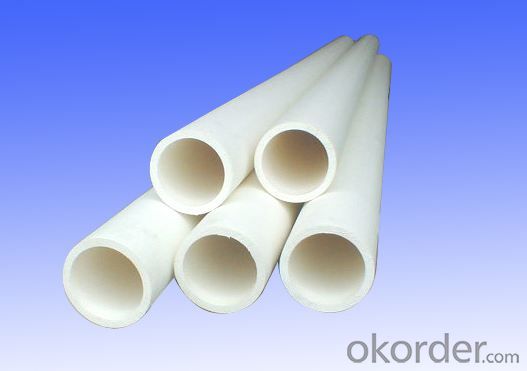
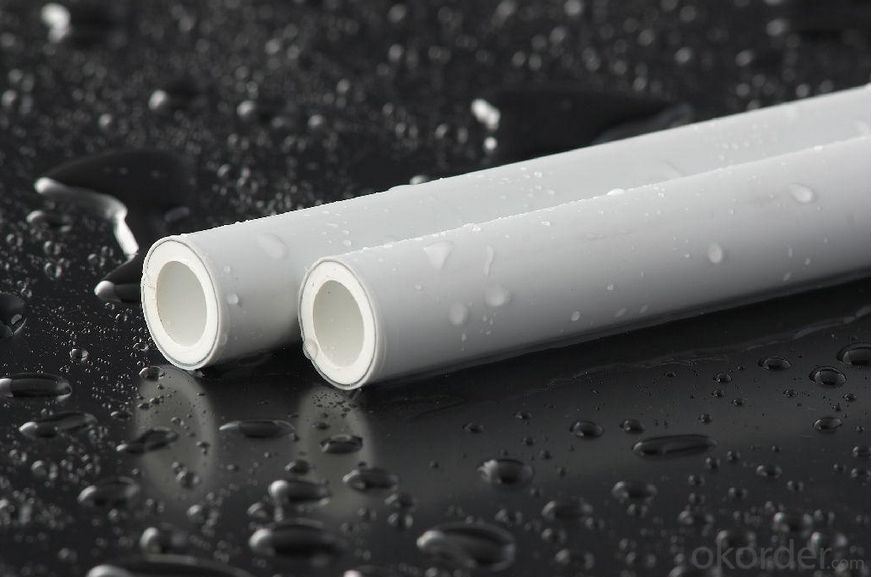
FAQ
1. Can you find a translator for me?
You can tell us which language you speak, we will find the translator for you, and will be together work.
2. If we want to develop some new item, but maybe we just have some ideas, how can you do?
We can make new mold base on your idea, generally, if your quantity is more enough, we can refund the mold cost to you.
3. How Long Is Delivery?
Delivery time will be 30-45 days according to order quantity.
4.What Is Our Normal Payments Terms?
Our normal payment terms: T/T, L/C or western union.
- Q: Can plastic tubes be used for packaging creams or lotions?
- Yes, plastic tubes can be used for packaging creams or lotions. They are commonly used in the cosmetic industry due to their flexibility, durability, and ability to be easily squeezed for product dispensing. Plastic tubes also provide a hygienic and convenient packaging solution for creams and lotions, protecting the product from contamination and allowing for controlled dispensing.
- Q: Such as polypropylene, polystyrene etc. I need to know for a science project.Thanks!
- plastic like recycle
- Q: Do plastic tubes have any limitations in terms of static electricity buildup?
- Yes, plastic tubes can generate static electricity buildup due to their insulating properties. However, the extent of static electricity buildup in plastic tubes depends on factors such as the type of plastic used, environmental conditions, and the flow of material through the tube. To minimize static electricity buildup, grounding techniques or anti-static additives can be employed.
- Q: Are plastic tubes suitable for industrial automation?
- Yes, plastic tubes are suitable for industrial automation. Plastic tubes offer numerous benefits such as being lightweight, flexible, and resistant to corrosion, chemicals, and high temperatures. They are also cost-effective and can be easily integrated into automated systems. Additionally, plastic tubes offer excellent performance in various applications like pneumatic and hydraulic systems, conveying fluids, and protecting wires and cables.
- Q: Are plastic tubes waterproof?
- Yes, plastic tubes are generally waterproof.
- Q: At night my hamster wakes up and plays and stuff, well he has these plastic tubes that he can climb up to get to different areas of his cage, he likes to chew on them. My only problem is that it is REALLY loud and I hate the scraping sound it makes. I don't want to take out the tubes because then he would have nothing to play in. And I don't have the money to get him a new cage/glass aquarium and I really would like him to stay with the cage he has now, it's an all plastic cage except the metal bars to keep him in,lol, the brand is Super Pet Critter Trail if you want to loo it up to see what I'm talking about. Me and my mom have tried rubbing lemon juice on it but he liked the taste -.- please help?
- You can get this stuff called bitter apple spray that tastes bad but won't hurt them. Some pet stores have some for small animals, but the dog stuff is really the same thing so if that's all you can find, go for it. It's usually in the dog remedy aisle (with vitamins, hip meds, etc.) Do what the first person said and put it on a cotton ball and wipe it on the bars/plastic. And I agree with what someone else said, maybe he likes to chew on plastic. I don't think any plastic is okay for them to ingest, but then again maybe they're not ingesting it. I work at a pet store and all of our small animals chew up their plastic igloos like crazy, and none have died from digestive/stomach problems. So maybe try one of those? One the right size for a dwarf hamster is like $3-$4. You could try giving him a Nylabone or a Greenies dog treat, those both have a plastic-like texture. If you get a Nylabone I think i'd steer away from the meat-flavored ones. Also, what kind of food are you feeding him? If it's the seed-based kind, maybe if you fed him lab blocks he'd get some of the gnawing out of his system that way. Good luck!
- Q: How flexible are plastic tubes?
- Plastic tubes can vary in flexibility depending on the type and thickness of the plastic used. Some plastic tubes, such as those made from PVC or polyethylene, are relatively flexible and can be bent or twisted to a certain extent without breaking. However, the flexibility of plastic tubes is generally limited compared to other materials like rubber or silicone.
- Q: Can plastic tubes be used for structural purposes?
- Yes, plastic tubes can be used for structural purposes. While not as strong as materials like steel or concrete, plastic tubes can provide structural support in certain applications, such as lightweight structures or non-load bearing elements. They are commonly used in industries like construction, architecture, and engineering for various purposes including piping, electrical wiring, and framework. However, the specific strength and suitability of plastic tubes for structural purposes depend on factors like the type of plastic, design considerations, and intended load requirements.
- Q: I need to buy plastic (or clear colored) plastic tubes with caps. Approximately 5 or 6 inch in length and close to 1 inch or close to it in width. Would appreciate any suggestions where I find it.
- the hardware giants like Lowe's and the Ho Depot are your best bet ... go in the store and ask for plastic tubing==== HEY !! you might do better to go to a friendly pharmacy and get some clear plastic medicine bottles ... go and ASK ... and if this is
- Q: It is the small piece that stops the tube spring from coming out of the tube when the last round is pumped out.???
- its called a FOLLOWER. i cant believe the person who said spring retainer got two thumbs up lol.
Send your message to us
Plastic Tubes New PPR Reducers Pipe for Landscape Irrigation System
- Loading Port:
- Tianjin
- Payment Terms:
- TT OR LC
- Min Order Qty:
- 1000 pc
- Supply Capability:
- 1000000 pc/month
OKorder Service Pledge
OKorder Financial Service
Similar products
Hot products
Hot Searches
Related keywords
